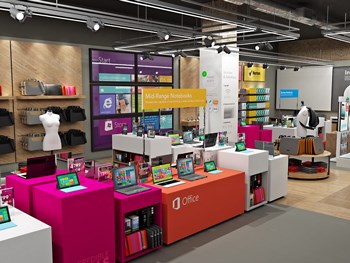
Top stories






More news














For design to have such a far-reaching effect the team working on the project should act as facilitators and providers in certain key areas but it demands a collaborative approach to finding solutions through an overriding design philosophy.

Today clients do not contract work to architects as often as they collaborate with retail designers to find the right disruptions and 'designs' to meet their challenges. Design to the power of partnership really implies that an investment in time and care in understanding the business and its stakeholders, from management to clients and customers is vital. One needs to work within a customer's constraints and parameters to deliver beyond the expected.
The strength of relevant and resonant retail design is that it delivers beyond design and talks directly to the bottom line. It is never arbitrary. It has real impact on ROI by controlling every element of the space and clearly influencing a greater conversion to sale through store design. Today when retailers are facing ever-growing pressure on margins, or need to reduce their footprint while maximising turnover, design needs to work harder than ever before.
Redefining design to add value to client's businesses is paramount. While typical retail design needs to take into account the traditional elements of architecture, store design and creativity, a far more crucial element is in understanding how people naturally behave and engage with objects and spaces.
Exploration, discovery and research are fundamental. Therefore, it is about spending time in the actual environment to observe how people behave; not so much why they do it but more about what they do and do not do. We cannot change how people behave but we can understand it and maximise design philosophies accordingly. Productive and insightful innovation happens by observing actual customer situations in the environments and experiencing their world first hand. Observing customers within the context of their environment produces insights one could never find in a boardroom or design studio.
Resonance is integral. People ignore design that ignores people. Design is not art. It is easy to make something beautiful. However, success is defined by creating something beautiful that is functional and communicates a clear message to a core audience. Therefore, as designers, we not only have the job of creating something that is visually appealing, but that considers the demographics and behaviours of the target audience as well.
In addition, most critically, design comes last. The failure of most designers is that they start designing too soon; the longer the thinking process to gather intelligence and gain insight, the better the outcome. Do the research, unearth the facts and understand the challenges, script the brief and only then start the design.